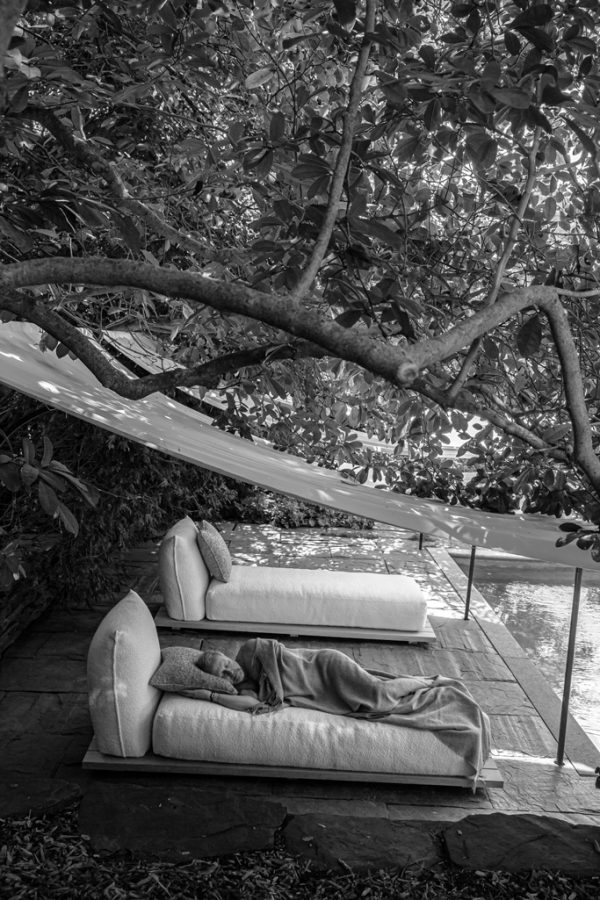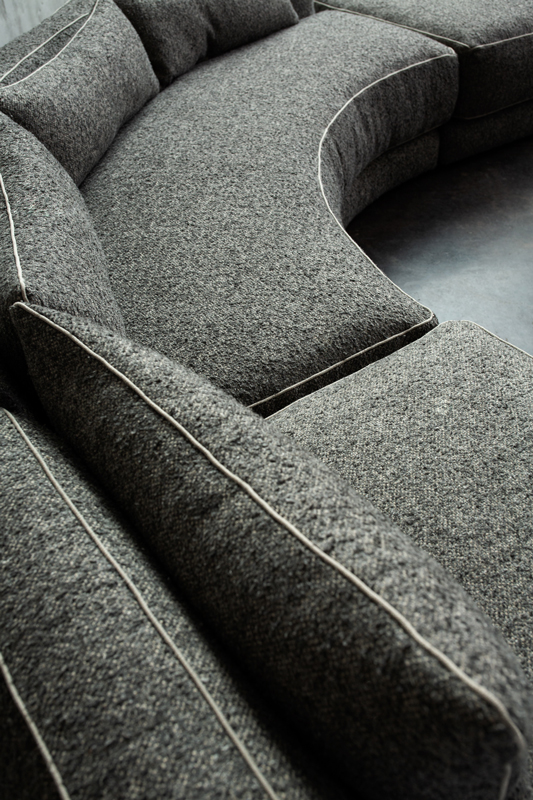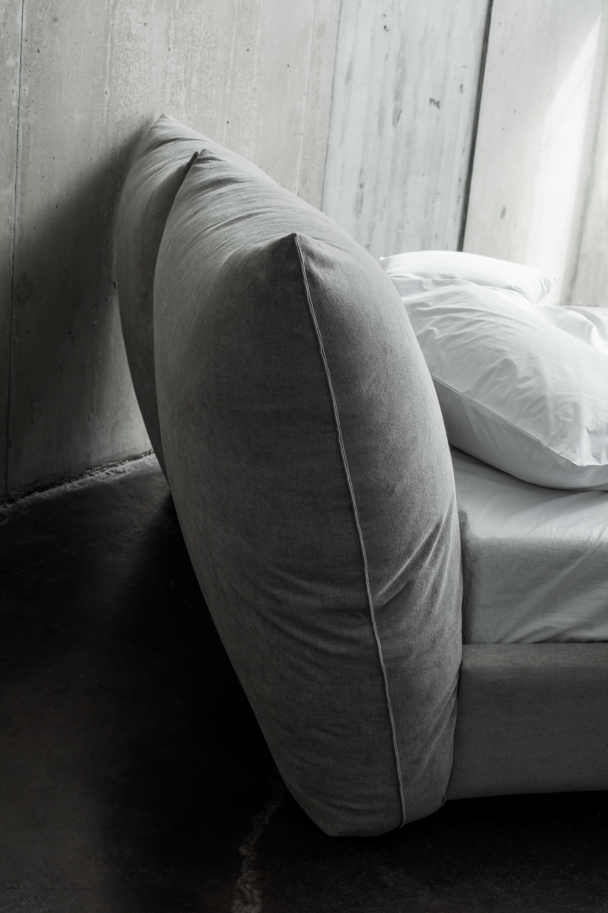When furniture manufacturer Henrik Lange was six years old, his great-great grandmother died and left him 500 kroner (about $90). Not yet in elementary school, the Danish boy was precise about how he wanted to spend the money: on a Kevi desk chair by Fritz Hansen. His fashion designer mother could not argue, as it was she who had filled their home with classic Danish modern furniture. Though no one knew it then, in that moment, Lange’s career was launched, not to mention his passion for collecting. Fast forward some 25 years. With a master’s degree in economics, Lange was now a 31-year-old company man, first at Nokia and then DaimlerChrysler, on the hamster wheel of corporate life. Desperate to create something other than power point presentations, he took three months off to assess. During this time a vintage Fabricius & Kastholm Grasshopper chair from the late 1960s came up at auction. Lange had fallen hard in love with F&K when he spied a pair of their chairs in an antique shop and began collecting them. The architects Preben Fabricus and Jorgen Kastholm created some of the most extraordinary Danish furniture every produced, but for just eight years. Considered on a par with the other Great Danes of that period — Arne Jacobsen, Hans Wegner, Poul Kjaerhom — the pair broke through with the collection they presented at the Koln Furniture Fair in 1964. Their steel and leather designs were heralded as having an international sensibility and for distinguishing itself from the wood furniture more representative of Danish design until then. In 1964, their hard-fought success seemed to have finally arrived, but in 1970 the duo had a personal dispute that broke them up for good, and their place in history would be as a tiny blip on the Danish furniture scene. Lange’s passion for F & K had become an obsession. The Grasshopper was one of the duo’s most iconic pieces. As the bidding shot past affordable for Lange, he wondered if it would be possible to revive and produce the line. By the time the gavel fell, the top bid was 45,000 euros and he had a mission.
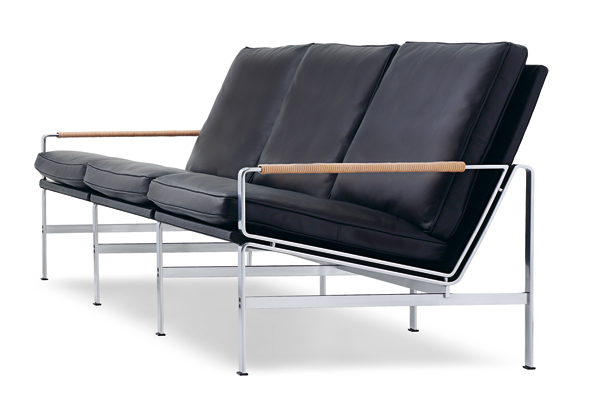
3 seat easy chair
“I didn’t think much of the obstacles at the time. It was more of a fantasy,” Lange says. “It wasn’t until Jorgen gave me the rights that I thought about what I was doing.”
Getting the rights meant winning over Jorgen Kastholm, no easy task. Although he had continued to design on his own in obscurity, Kastholm was bitter about F&K—never having received the kind of lasting recognition of other designers of the era. And while many manufacturers had tried to convince him to let them relaunch the line, none had succeeded. Lange tracked down Kastholm and over a 24-hour period of talking and eating, convinced the master that he would restore F&K in to the pantheon of Danish design. Kastholm had two caveats: Lange had to bring out the entire line, restoring the reputation of the original duo, and that the quality of the new pieces met that of the original pieces. Lange agreed to the first demand but after some months of scouring, could not meet the second. Kastholm asked him if he had not gone back to the original production factory. When he did, Lange discovered that not only could it manufacture to Kastholm’s specifications, but that the original tools used for forging the old steel and a supply of the rosewood used in a sideboard were all still there, as was the original worker of the pieces, some 45 years later. Lange Production was in business. Lange is circumspect about the difficulties he encountered getting the company off the ground. “I didn’t see it as ‘taking a risk.’ Not doing what makes you happy everyday is a risk. People should spend more time on their passions. All great companies are built on passion.” His favorite aspect of what he does is “Creating beautiful furniture where form, function and finish are well-balanced.” It was this principle of the “three Fs” that Lange had applied for years to his collecting, which is now the cornerstone of Lange Production. The reviews of the relaunched line were stellar. Three years later, the company has dealers all over the world, and is expanding to include other well-known designers whose work is no longer produced.
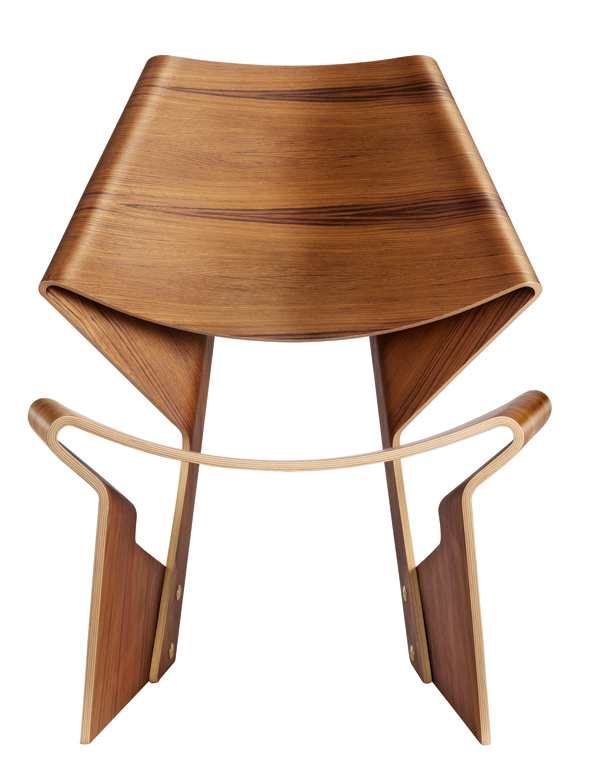
GJ Chair
Grete Jalk is the second of LP’s featured designers and her GJ Chair and Nesting Tables, which are in MoMA’s permanent collection, will be available in the U.S. later this year. Lange plans on adding more designers each year, retaining his collecting principle of form, finish and function. When asked where he sees LP going, Lange laughs, ”Global and big.”







